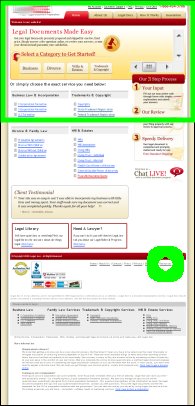Ogilvie, Almaraz/Guzman Amicus Briefs

Thanks to our friends at AppealsBoardReporter.com, we now have access to 22 amicus briefs filed in the Ogilvie and Almaraz/Guzman cases. ((Photo courtesy of Black Glenn. Terrible pun courtesy of me.)) In late March 2009 the WCAB granted reconsideration of their recent Ogilvie and Almaraz/Guzman decisions – and invited the submission of amicus briefs. You can read and download them here:
Who produced them? Well, Ogilvie amicus briefs were filed by:
- Morrow & Morrow
- International Association of Rehabilitation Professionals
- The Travelers Companies Inc.
- Insurance Commissioner Steve Poizner
- California Workers’ Compensation Institute
The Almaraz/Guzman briefs were filed by:
- California Applicants’ Attorneys Association
- California Chamber of Commerce-CSAC Excess Insurance Authority
- County of Los Angeles
- California Self-Insured Employers Association
- California Society of Industrial Medicine and Surgery
- California Workers’ Compensation Institute
- Department of Industrial Relations Director John Duncan
- Employers Direct Insurance Company
- Phil Walker, Esq.
- Phil Walker, Judicial Notice Request
- Protected Insurance Program for Schools
- Insurance Commissioner Steve Poizner
- Safeway Inc.-The Boeing Co.-Schools Insurance Authority
- San Diego Schools Joint Powers Authority
- International Association of Rehabilitation Professionals
- Morrow & Morrow
- The Travelers Companies Inc.
After reviewing the above list, I have to wonder: Why doesn’t CAAA have an amicus brief for Ogilvie? Does anyone know?



